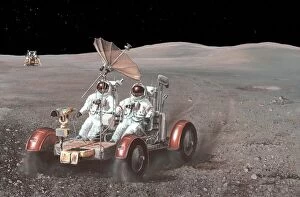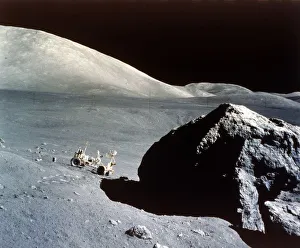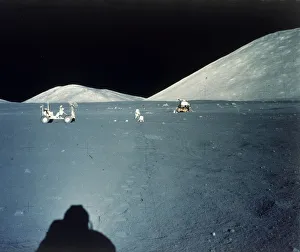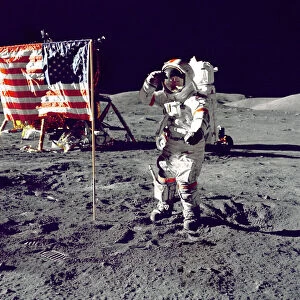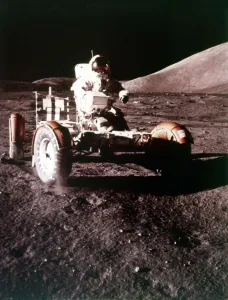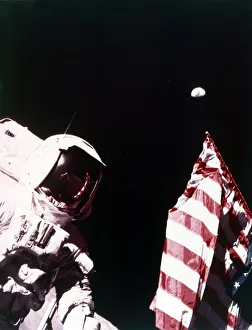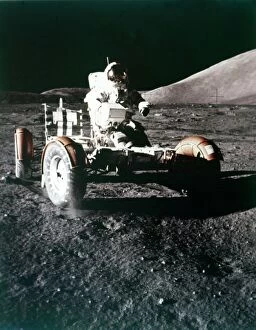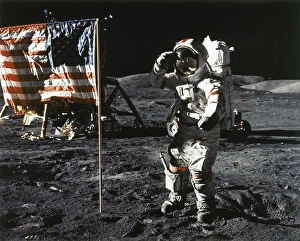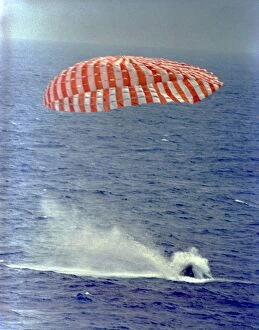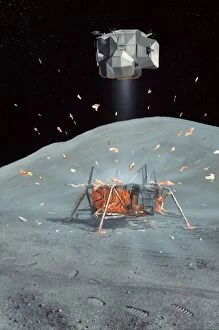Eugene Cernan Collection
"Eugene Cernan: A Pioneer of Space Exploration and Artistic Expression" Eugene Cernan, a name etched in the annals of space exploration
All Professionally Made to Order for Quick Shipping
"Eugene Cernan: A Pioneer of Space Exploration and Artistic Expression" Eugene Cernan, a name etched in the annals of space exploration, left an indelible mark on humanity's journey beyond Earth. As the commander of Apollo 17, he embarked on a historic mission that unveiled breathtaking wonders and showcased his artistic prowess. In December 1972, aboard the Apollo lunar rover, Cernan traversed the lunar surface with awe-inspiring grace. The vastness of space seemed to shrink as he captured its beauty through his artwork. One such masterpiece was "The Blue Marble, " a mesmerizing image depicting our fragile planet suspended in darkness. This photograph taken by NASA on December 7th became an iconic symbol of environmental consciousness. Amidst this celestial canvas, Cernan's presence was dwarfed by colossal rocks strewn across the moon's surface during Apollo 17 mission. Undeterred by their magnitude, he stood alongside Harrison Schmitt proudly waving the US flag—an emblematic moment representing human achievement and unity. Before embarking on this extraordinary adventure, rigorous training in Florida prepared Cernan for every challenge that awaited him. From hardware checkout to astronaut training sessions captured by NASA cameras in 1972, these glimpses into his preparation underscored his dedication and determination. Cernan's legacy extended beyond Apollo missions; even earlier during Gemini 9A splashdown in 1966 when he waved at fellow astronauts from inside their spacecraft—a testament to camaraderie amidst perilous endeavors. Apollo 10 Helicopter Recovery marked another milestone where Cernan played a vital role—ensuring safe return for those who dared venture into uncharted territory before him. To commemorate their incredible feat, a replica plaque left behind on the Moon by Apollo 17 astronauts serves as a reminder of mankind's audacity to explore new frontiers while honoring those who paved the way.

